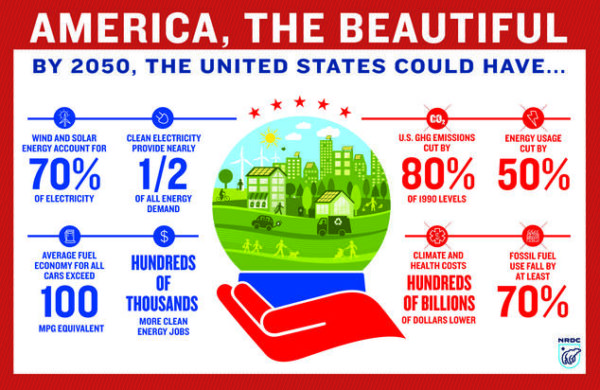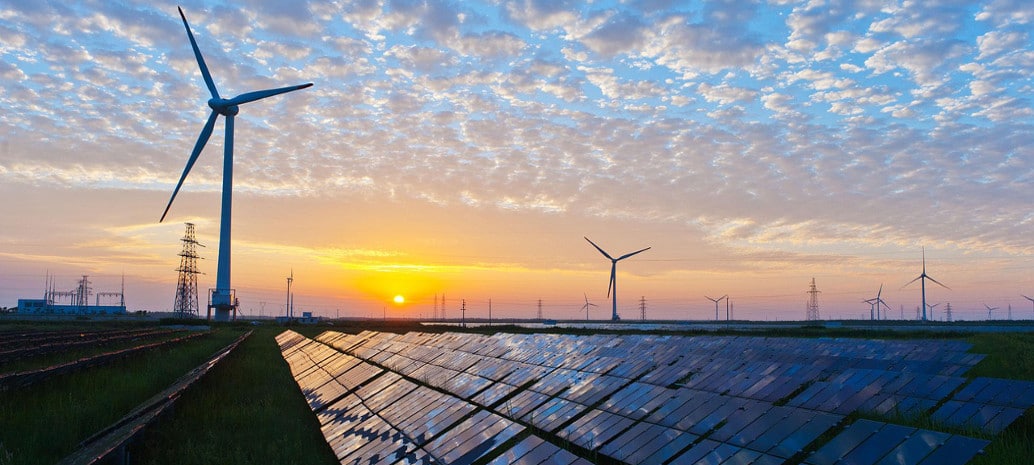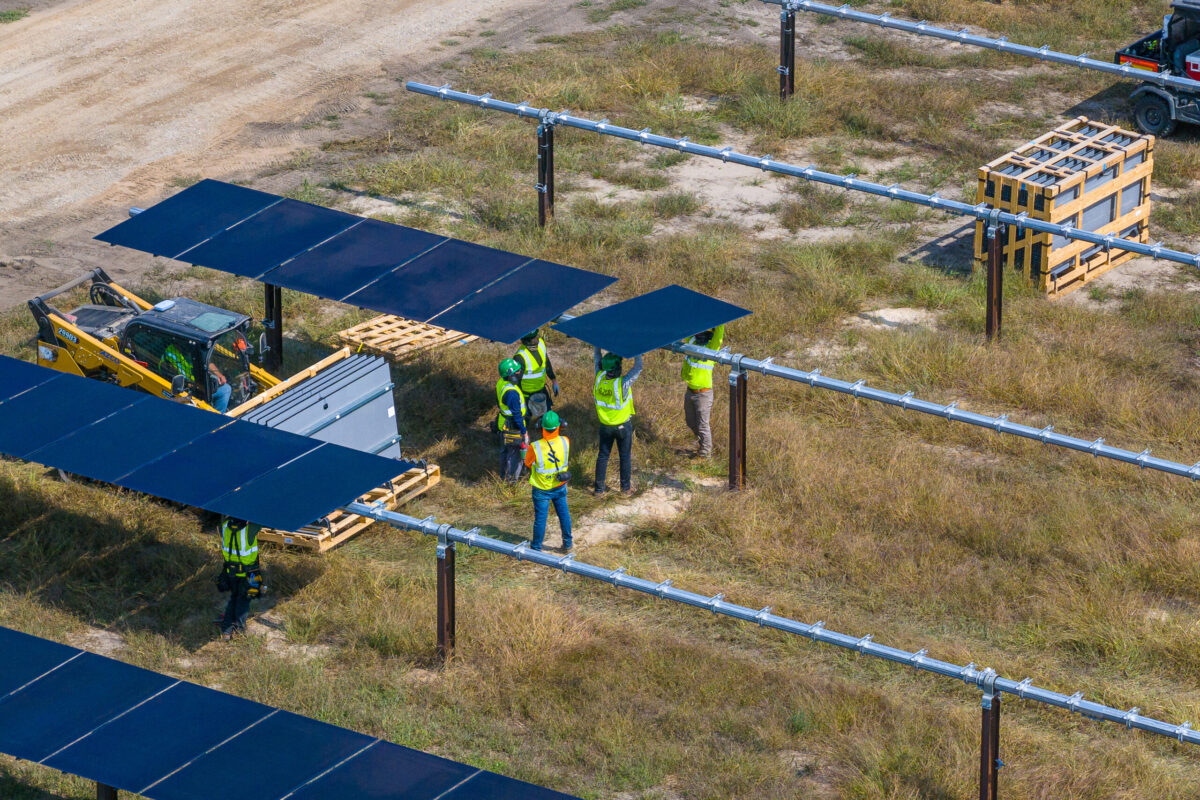A record hurricane season raging in the Atlantic and the Pacific Northwest smoldering in the wake of a traumatic fire season make for a timely backdrop for proposals in the United States to move to very high levels of renewable energy.
But despite the urgency presented by these ominous events, proposals at the state level are making slow progress. Last Friday a bill to put California on a path to 100% carbon-free electricity by 2045 failed to make it to the floor of the Assembly, with the Utilities and Energy Committee chair stating that it did not have enough votes to pass on the floor.
Today, a day-long hearing is being held in the Massachusetts General Court to consider a bill to set a pathway to 100% renewables in all energy sources by 2050, with an interim step of achieving 50% renewables in electricity by 2030.
While this is a similar level to California and New York, it is supremely ambitious for a state which got only 4.2% of its electricity from in-state wind and solar in 2016, around half the national average.
And as in California, it appears that the legislation will have to wait until next year. An advocate close to the process who preferred to remain anonymous stressed that today’s hearing was informational in nature, and says that he does not expect any action on this bill until next year.
However, this advocate also noted that there are six or seven bills dealing with the state’s renewable energy mandate this session. If Massachusetts does set a path to 100% renewable energy it would be only the second state to do so, after Hawaii – although Vermont aims to get 75% of its electricity from renewables by 2032.
Not in my backyard
Massachusetts’ ambition is in stark contrast with its progress to date, which is not for lack of policies, or goals. The state’s wide array of current policies include the 2008 Global Warming Solutions Act, which mandates that the state reduce greenhouse gases 80% from 1990 levels by 2050, and a mandate for 15% new renewable energy by 2020.
However, Massachusetts is the state where what would have been the first offshore wind farm in the United States was thwarted by Nantucket Sound residents including environmental lawyer Robert Kennedy Jr. and the Koch Brothers.
This alliance of privilege is not unusual in New England, where many are strongly in support of clean energy as long as they don’t have to see either wind turbines or power lines. Massachusetts hosts a number of anti-wind organizations, and wind developers have told pv magazine staff have noted that they don’t bother to try and site projects in the state.
Instead, Massachusetts and other densely populated states in southern New England have traditionally relied on projects in other states to meet their clean energy mandates. However, more sparsely populated northern states face their own set of challenges. While Northern Maine has been identified by developers as a prime location for wind projects lack of adequate transmission is a key barrier.
Transmission projects, such as the Northern Pass project to bring power from Quebec through New Hampshire to urban areas farther south, have also drawn active resistance from conservationists. Additionally, sentiment against wind is rising in Vermont, where tourism is a key part of the economy.
There is some hope for the region given the successful completion of the Block Island wind farm in Long Island Sound. However, the level of wind generation in New England remains much lower than the national average, and it will be prohibitively difficult for Massachusetts or another state to get to very high levels of renewable energy with solar alone.
But barriers exist for solar as well. Large-scale solar is not immune to NIMBYism, and resistance to solar projects has also been seen in Connecticut and Rhode Island. For distributed solar, Massachusetts’ restrictive net metering caps are a more direct barrier.
NRDC proposes 70% by 2050 goal
At the national level the politics and the issues are somewhat different. While a bill calling for 100% renewable energy by 2050 has stalled in the Republican-controlled U.S. Congress, today National Resources Defense Council issued a blueprint for achieving an 80% reduction in U.S. greenhouse gas emissions by 2050, including an increase in wind and solar generation to meet 70% of electricity demand.

While other renewable energy sources would increase this number to 80%, this is less ambitious than the visionary 100% renewable energy proposals, including Stanford Professor Mark Z. Jacobson’s proposal to power the United States entirely by wind, water and solar power.
However, it is more likely to be achieved. The job of integrating very high levels of renewable energy is made considerably easier in regions that do not have adequate hydropower by keeping a fleet of natural gas plants to provide electricity during periods when wind generation is low, particularly during winter months.
Under NRDC’s plan, the expansion in renewable energy would still be dramatic. In order to meet not only electricity needs but those of electrified transportation and heat, NRDC is envisioning a 13-fold increase in wind and solar generation – even when an ambitious 40% reduction in total energy use is included.
As demonstrated by multiple renewable energy studies by organizations including the U.S. Department of Energy’s National Renewable Energy Laboratories (NREL), integrating all of this wind and solar is imminently technically achievable.
A bigger question is where this new generation will be sited – particularly as regards wind.
This content is protected by copyright and may not be reused. If you want to cooperate with us and would like to reuse some of our content, please contact: editors@pv-magazine.com.









By submitting this form you agree to pv magazine using your data for the purposes of publishing your comment.
Your personal data will only be disclosed or otherwise transmitted to third parties for the purposes of spam filtering or if this is necessary for technical maintenance of the website. Any other transfer to third parties will not take place unless this is justified on the basis of applicable data protection regulations or if pv magazine is legally obliged to do so.
You may revoke this consent at any time with effect for the future, in which case your personal data will be deleted immediately. Otherwise, your data will be deleted if pv magazine has processed your request or the purpose of data storage is fulfilled.
Further information on data privacy can be found in our Data Protection Policy.